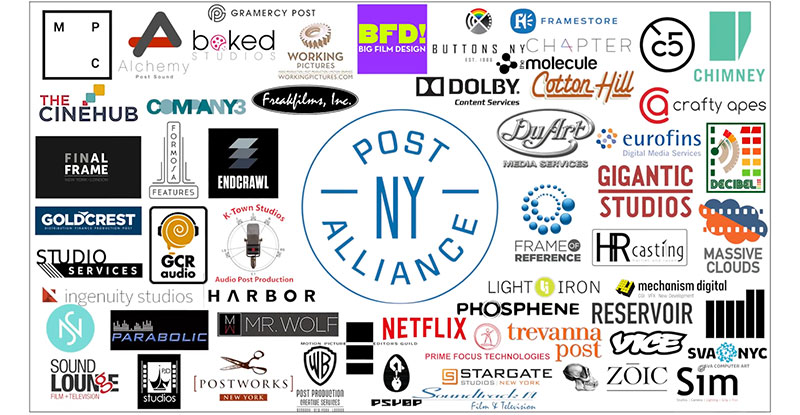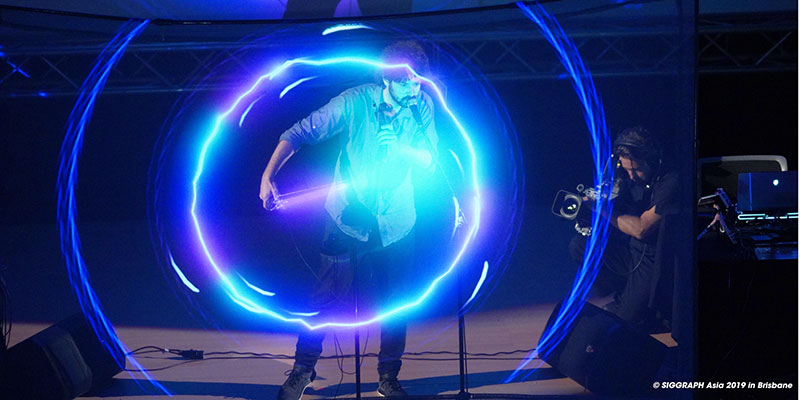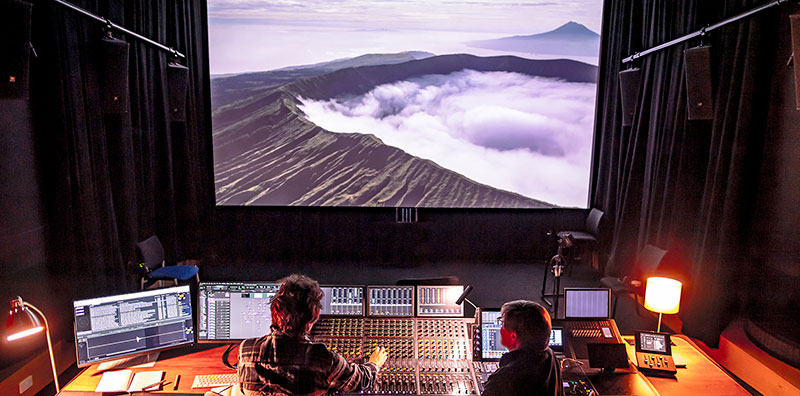At NAB and Adobe MAX London, Adobe showed updates, new integrations and AI functionality for Frame.io and Photoshop, including the new Firefly Image 3 Foundation Model.

Adobe has made substantial changes to Frame.io V4 as a flexible, fast cloud-based collaboration platform supporting content creation and production workflows. Creative teams and producers at all stages of development, who need to keep tools and systems connected and increase levels of output, can use Frame.io V4 to centralise feedback, helping to reduce rounds of revisions and accelerate the delivery of media assets.
The ability to deliver personalised content – brand messaging that creates a targeted experience using specific data about the customer – at scale is now in demand but has complex requirements. Teams may need to segment their audience by separating them into categories and delivering to each group the content that best suits their demographic.
The new version of Frame.io was announced ahead of the 2024 NAB Show in April and is now available in beta for the Frame.io Free and Pro versions. Adobe plans the official launch for Team and Enterprise versions to follow later in the year.
The Frame.io platform has new workflow management capabilities, based on a dynamic metadata framework and smart folder system called Collections. The software is fully customisable with enough flexibility to facilitate most video workflows, but now also contributing to workflows in other formats and areas of production. File transfer, media asset review and approval, sharing and presentations have also undergone many changes in V4.
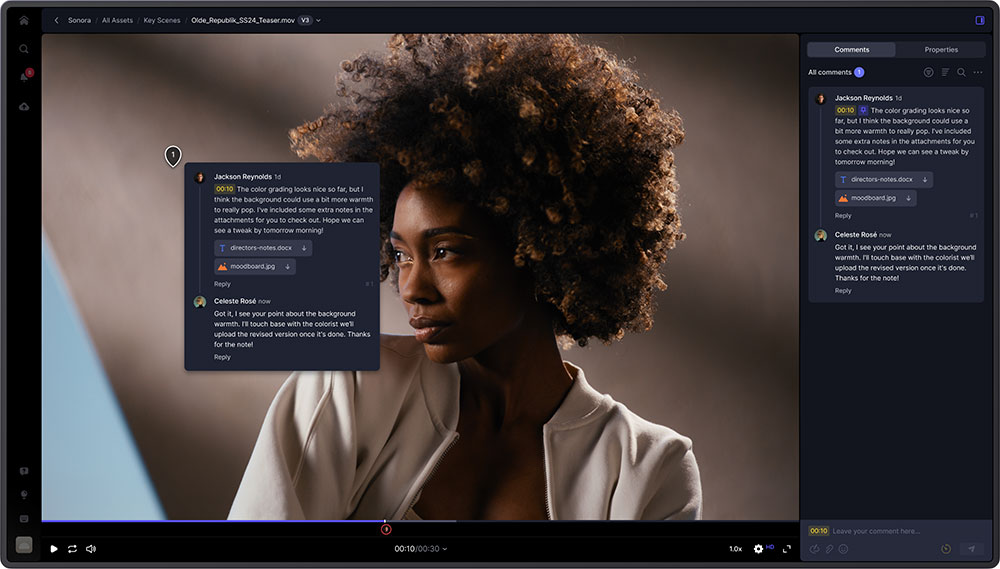
Enhanced comments
Adobe notes that although more content is now in production, the challenge of disconnected, broken processes persists at all stages of project development. As a result, production can be slowed, costs increase and artistic harmony becomes harder to achieve. Frame.io V4’s new design and performance is intended to address a larger portion of the content creation lifecycle, across disciplines, helping to orchestrate workflow management, creative review, approval, sharing and presentation. The new capabilities include tools for feedback that is more useful and meaningful, and tighter review loops.
Workflow Management
For workflow management, V4’s new metadata framework, for instance, updates how users interact with assets. 32 metadata fields are supplied as well as flexible custom fields like status, selects, rating, assignee and keywords. Instead of relying only on a rigid folder structure, media can now be tagged, organised and viewed to aligned with how teams work.
Users can navigate projects and assets with folder nesting, organised with drag-and-drop actions, and panel-based layout. The new Collections smart folders in V4 give a flexible, real-time, saved view of assets. Users can dynamically select, filter, group and sort media using metadata.
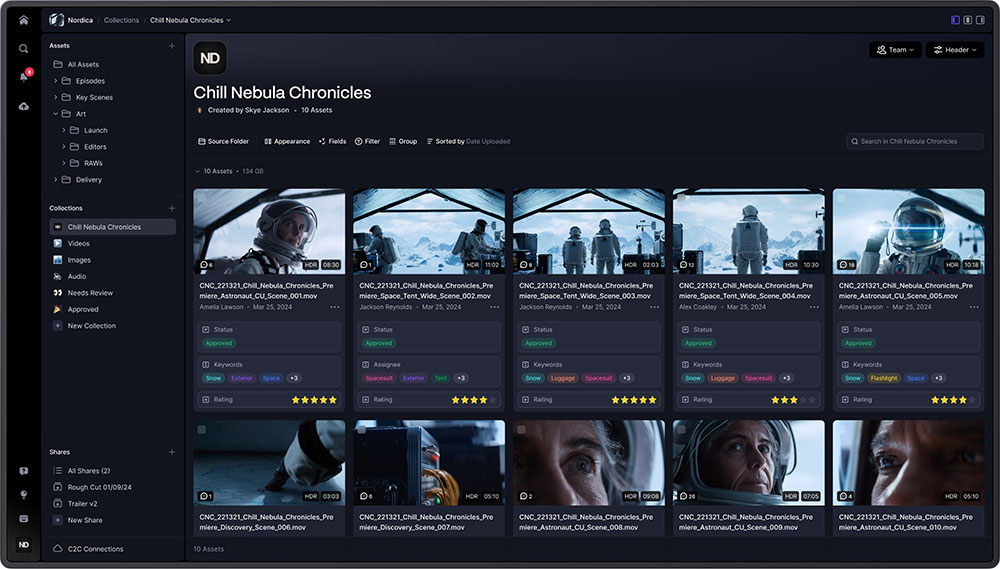
Metadata framework
Later this year, Frame.io will be natively integrated with Adobe Workfront, establishing a new, joint review and approval workflow that supports collaboration between cross-functional teams. Workfront is software built for planning and becomes the backbone of a project. The new workflow starts with a Workfront request, to which creative briefs can be attached, creating a central repository for all relevant details. Resources can also be assigned. Customisable project templates prompt users through the steps associated with particular project types.
Then, because of the new integration, a parallel project is automatically created in Frame.io. Comments on creative assets in Frame.io are visible in Workfront, accurately mirroring communication. Files uploaded in Frame.io are also accessible through Workfront. Everyone can choose to work in their preferred application, without missing critical information.
V4 features a unified and redesigned player architecture to deliver attractive, immersive media viewing with consistent controls across different file types Users will have more appropriate ways to share feedback, including a re-designed commenting system that includes over a dozen new features such as anchored comments, comment links and attachments.

Panel layout
V4 consolidates sharing and presentation workflows, allowing you to browse, preview and customise from a single view. With the new upload sheet, you can manage, monitor and prioritise uploads across an account, from any part of the app, and it is also possible to upload assets and work at the same time you are working in Frame.io.
Expanding the Scope
V4 continues to expand Frame.io’s creative support beyond video with functionality for photography and imaging. Customisable and flexible enough to serve diverse workflows from across the content development lifecycle. Starting with casting and auditions, users can group audition recordings by character, filtered by selects, while displaying metadata such as agency, agent content and availability, and from there assigning tasks for selected team members to review.
Management of location searches includes comparing potential sites, organising scouting reports and handling logistics for optimal settings.
Frame.io can now be used to manage and review video dailies to make sure talent and executives see only the material that is relevant to them. For instance, actors receive the Collections with only their takes, and studio executives access dynamically updated Collections organised by shooting day, scene and selected takes.
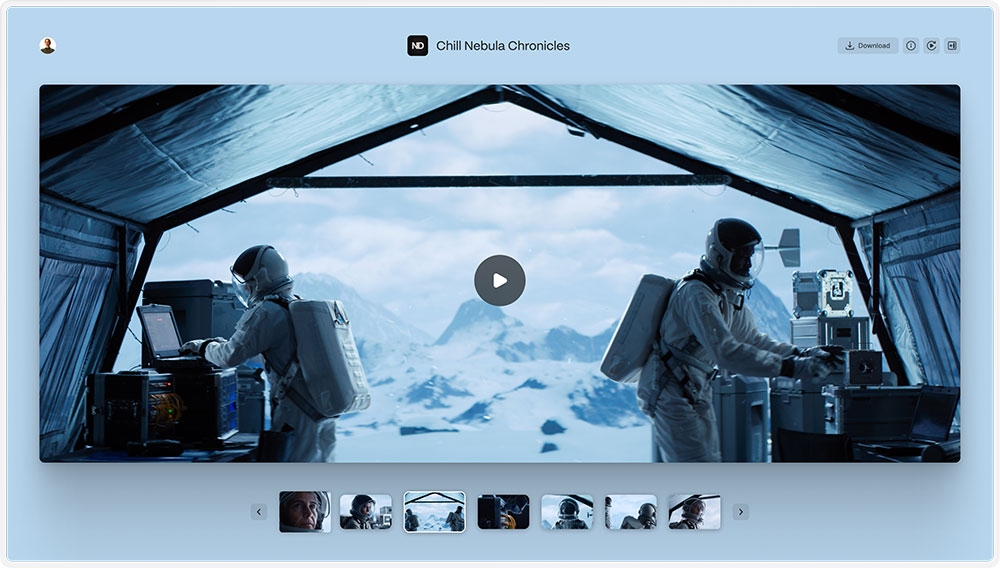
File sharing
Users can manage review and approval for all creative assets in a marketing campaign, organised by distribution channel and grouped by asset type, while displaying metadata such as specifications and media spend.
Frame.io is now part of Adobe GenStudio, an application that was originally developed with generative AI for marketing teams to use when planning on-brand content. Its tools help marketers create, manage, activate, measure and, most important, automate content production at scale. So far, as well as Frame.io, native GenStudio integrations across Adobe Experience Cloud and Creative Cloud applications include Adobe Express and Firefly Services.
Frame.io is currently integrated with Premiere Pro and After Effects, where Frame.io opens a dedicated panel, included with your Creative Cloud subscription. Through it, you can access media, add collaborators, share for review, upload and share timelines, share in presentation mode, and import comments and annotations directly into projects. Frame.io will also accept any media uploaded to a project.
A web app (app.frame.io) is also available for these tasks, plus more functionality – like managing versions and updating permissions. Frame.io will be available in Photoshop for Creative Cloud Enterprise customers beginning in May 2024, with support for more Creative Cloud tools and customer segments coming later this year.

Adobe Firefly Image 3 Foundation Model
At the recent AdobeMAX conference in London held at the end of April, Adobe showed the new Photoshop (beta) with updates to Generative Fill, Generate Expand and several other tools, all of which run on the new Adobe Firefly Image 3 Foundation Model. Currently, Firefly Image 3 Foundation Model is available in beta, and accessed directly in Photoshop and on firefly.adobe.com.
Adobe says Firefly Image 3 is intended to equip users with tools for fast ideation and experimentation. The model has new auto-stylisation capabilities, intended to give users more variety, control and personalisation over the styles of images they generate – new varieties of styles, colours, backgrounds, subject poses and so on. With Structure Reference, users can generate new images that match the structure of a reference image. Style Reference then uses the image to control and personalise the results.
Firefly Image 3 also upgrades photographic quality with better lighting, positioning and more variety. Improvements can be seen in its rendering of people – for example, more detailed features and a variety of moods and expressions – complex structures and crowds.

Firefly Image 3 has a better understanding of text prompts and scenes, generating images that accurately reflect long, complex prompts and thus display richer details. Text renderings are also improved, producing images with clearer text displays for posters and signage. Other changes affect styles for illustrations, quickly outputting icons, logos, raster images and line art.
Updates for Photoshop (beta)
Photoshop’s updates relate mostly to the new Firefly AI model but some are more grounded and familiar like Adjustment Brush, used to apply non-destructive adjustments to specific portions of images. An improved Font Browser gives real-time access to Adobe’s over 25,000 fonts in the cloud – without leaving Photoshop – so users can find suitable typefaces and fonts for projects. With Adjustment Presets the appearance of images can be changed with filters that apply effects in a single click, with the ability to create and save customised presets as well.

Regarding Firefly Image 3, with Reference Image, the outputs can be controlled by using selected images as generative prompts instead of words. Alternatively, full Text to Image capabilities are available directly inside Photoshop for the first time.
Generate Background replaces and creates backgrounds, making it easier to generate content that blends into existing images. Generate Similar is used to iterate with variations selected by the user, to explore creation ideas further with more precise control. Enhance Detail fine-tunes images to improve sharpness and clarity. www.adobe.com




